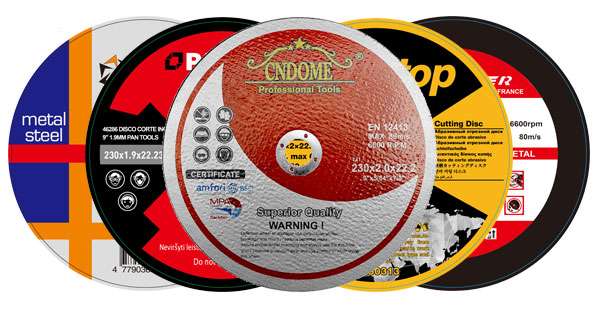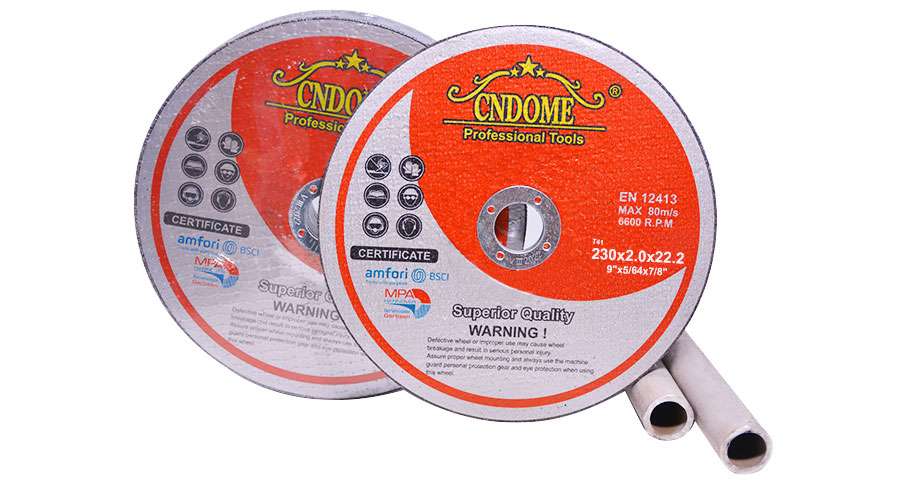Angle iron is a versatile structural material commonly used in various construction and fabrication projects. Whether you’re working with mild steel or stainless steel angle iron, the right cutting tools are essential to achieve clean, precise cuts. One of the most efficient tools for this job is the angle iron cutting wheel. This blog will guide you through the features, types, and best practices for using these cutting wheels.
What is an Angle Iron Cutting Wheel?
An angle iron cutting wheel is an abrasive disc designed specifically for cutting through angle iron and similar metal materials. These wheels are commonly mounted on angle grinders, allowing users to make quick, precise cuts. They typically consist of an abrasive material such as aluminum oxide or silicon carbide, bonded together by resin or another binding agent.
Key Features of Angle Iron Cutting Wheels
- Material Composition: Cutting wheels for angle iron are made from tough abrasive materials. For angle iron, especially mild steel, aluminum oxide is commonly used due to its durability and efficiency in cutting metals.
- Wheel Thickness: Cutting wheels come in various thicknesses, typically ranging from 0.045” to 1/8”. Thinner wheels (around 0.045” to 1/16”) are ideal for fast, clean cuts, while thicker wheels may offer more durability and longer service life.
- Shape: These wheels are available in Type 1 (flat) and Type 27 (depressed center) designs. Type 1 wheels are perfect for straight cuts, while Type 27 wheels allow for more flexibility in cutting at different angles.
- Arbor Size: It’s essential to match the wheel’s arbor size to your angle grinder. Common sizes include 7/8”, 5/8”, and 1-1/4”.
Choosing the Right Cutting Wheel for Angle Iron
When selecting a cutting wheel for angle iron, there are a few factors to consider:
- Metal Type: Angle iron can be made from various metals, including mild steel, stainless steel, and aluminum. Ensure the cutting wheel is designed for the type of metal you’re working with. For example, stainless steel requires an inox-compatible wheel to prevent contamination and rust.
- Cutting Speed: Thinner wheels are typically faster but wear out more quickly. If speed is your priority, go for a thinner wheel. If longevity is important, a slightly thicker wheel may be more suitable.
- Wheel Diameter: The diameter of the wheel affects the depth of the cut. Larger wheels allow for deeper cuts but require more power from the angle grinder. A 4.5” or 5” wheel is a common choice for angle iron cutting projects.
Best Practices for Cutting Angle Iron
- Secure the Workpiece: Always clamp down the angle iron securely to prevent movement during cutting. This ensures accuracy and safety.
- Wear Protective Gear: Always wear safety goggles, gloves, and hearing protection when cutting metal. Sparks and small shards can fly during cutting, so it’s important to protect yourself.
- Positioning the Grinder: Hold the angle grinder at a 90-degree angle to the surface of the angle iron for straight cuts. If you’re using a Type 27 wheel for angled cuts, adjust the grinder’s position accordingly.
- Apply Steady Pressure: Let the wheel do the work. Applying too much pressure can wear down the wheel faster and may cause the grinder to kick back.
- Inspect Your Wheels: Regularly check your cutting wheels for signs of wear, cracks, or damage. A damaged wheel can be dangerous to use and should be replaced immediately.
Top Brands for Angle Iron Cutting Wheels
- Norton: Known for its durable and high-performance abrasive products.
- DeWalt: Offers a range of cutting wheels designed for different metals and materials.
- Makita: Produces high-quality wheels that provide a balance of speed and longevity.
- CNDOME™: Offers specialized wheels for both stainless steel and mild steel applications, ensuring clean and precise cuts for angle iron.
Conclusion
Using the right angle iron cutting wheel can make all the difference in the quality and efficiency of your cuts. Whether you’re working on a large construction project or a small DIY job, selecting the correct wheel, using proper cutting techniques, and adhering to safety protocols will help you achieve the best results.



